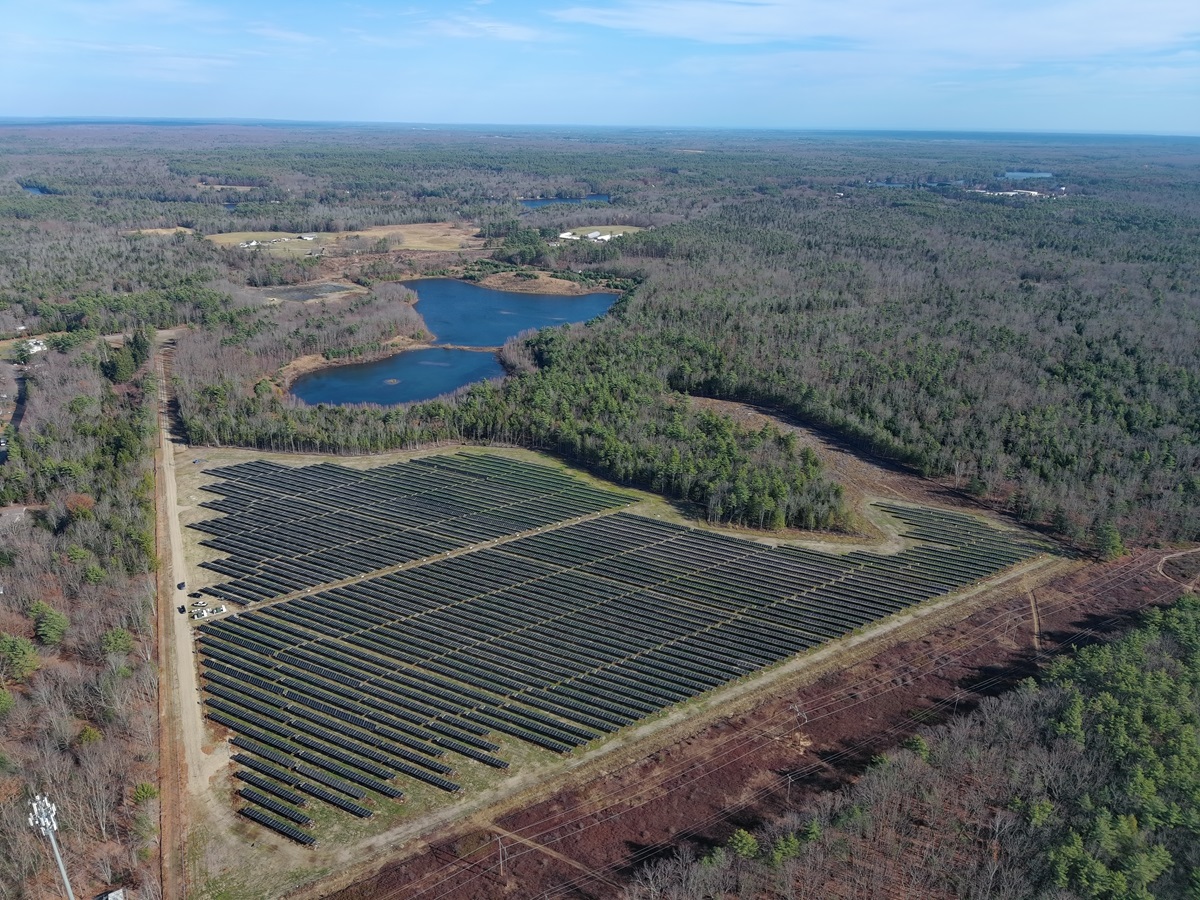Nautilus Solar Energy announced the opening of the 7 MW Sanford CGA Community Solar Project located on a remediation site in Sanford, Maine.
The project that, according to the City of Sanford said was over 30 years in the making, is built on a site that was once home to circuit board recycler, CGA. When the recycler left the property in the 1990s, large waste piles of circuit board scraps were left behind, along with tires, wood, metal, rubber, plastic, concrete and more.
“The site was covered in environmental hazards and was a nuisance to the surrounding community. Being able to remove 4,000 tons of waste and start the initial site work for a solar array has improved the whole area,” said Sanford planning director, Beth Della Valle.
The City embarked on the clean-up process that cost roughly $1.4 million, which came mostly from state and Regional Revolving Loan Funds, and Brownfields Multipurpose Funding.
Following revegetation of the site in spring 2023, Walden Renewables began construction of the solar farm that now sits on the former recycling property and an abutting property owned by the Maine Turnpike Authority.
The solar energy generated will be applied to the Virtual Sanford Renewable Energy Corridor, by which the energy that is created on the city-owned section of the solar farm will be slated for use by developers in the downtown mill district, providing an additional incentive for redevelopment in this key area.
“We are confident that establishing a renewable energy component will draw redevelopment & investment to Sanford,” said Sanford Planning Director, Beth Della Valle.
Now owned by Nautilus Solar who took over development from Walden Renewables, the solar project will serve 960 subscribers in the Central Maine Power (CMP) utility territory.
The project consists of 40 inverters from Chint Power Systems, and over 12,000 JA Solar modules on single-axis trackers from Nextracker.
“This project not only helps Maine achieve its ambitious renewable energy goals but also offers tangible savings to residents and businesses who otherwise wouldn’t have access to solar energy,” said Laura York, vice president of structuring at Nautilus Solar.
The Sanford project qualifies under Maine’s Net Energy Billing (NEB) program, which is part of the state’s commitment to reaching 80% renewable energy by 2030 and 100% by 2050. Net energy billing (or net metering) is a billing mechanism that credits solar energy system owners for the electricity they add to the grid.
This content is protected by copyright and may not be reused. If you want to cooperate with us and would like to reuse some of our content, please contact: editors@pv-magazine.com.









By submitting this form you agree to pv magazine using your data for the purposes of publishing your comment.
Your personal data will only be disclosed or otherwise transmitted to third parties for the purposes of spam filtering or if this is necessary for technical maintenance of the website. Any other transfer to third parties will not take place unless this is justified on the basis of applicable data protection regulations or if pv magazine is legally obliged to do so.
You may revoke this consent at any time with effect for the future, in which case your personal data will be deleted immediately. Otherwise, your data will be deleted if pv magazine has processed your request or the purpose of data storage is fulfilled.
Further information on data privacy can be found in our Data Protection Policy.